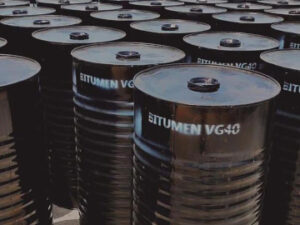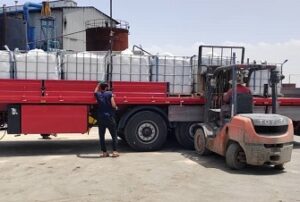Modified Bitumen Market Outlook: Growth, Sustainability, and Next-Gen Technologies
The global market for modified bitumen was valued at approximately USD 27 billion in 2024 and is projected to grow at a compound annual growth rate (CAGR) of 4.6% from 2025 to 2034. This growth is primarily driven by increasing demand for climate-adaptive materials, long-term asset performance, and policy-backed infrastructure expansion.
Modified bitumen plays a crucial role in modern infrastructure development, positioned at the intersection of resilience, regulation, and growth. As urbanization accelerates and sustainability becomes a priority, infrastructure systems require materials that enhance durability and withstand environmental stresses. Modified bitumen meets these demands by improving pavement performance and aligning with evolving regulatory standards.
Sustainability considerations are significantly shaping market trends. Environmental policies and carbon-reduction frameworks are influencing material selection, with the polymer-modified bitumen (PMB) segment—including styrene-butadiene-styrene (SBS), crumb rubber, and eco-friendly additives—expected to exceed USD 15.8 billion by 2030. Much of this growth is concentrated in the Asia-Pacific region, driven by infrastructure investment and green construction mandates.
Though modified binders can cost 30% to 100% more than conventional asphalt, lifecycle economics reveal higher value through extended pavement lifespan. According to data from the Federal Highway Administration (FHWA), PMBs can increase pavement durability by 10% to 20%, reducing maintenance frequency and overall lifecycle costs, making them attractive for both public infrastructure owners and private investors.
In line with environmental, social, and governance (ESG) goals and circular economy principles, manufacturers are incorporating recycled polymers such as crumb rubber and waste plastics, as well as bio-based modifiers. These advances enable the industry to meet stringent environmental criteria without sacrificing performance, supporting more sustainable construction practices.
Modified bitumen’s strategic deployment is evident in high-stress applications, including highways and airport runways, where polymer-modified binders currently account for roughly 15% of total asphalt binder tonnage annually. These applications demand materials capable of enduring mechanical loads, thermal cycling, and extended service lives.
Material performance certifications and compliance with global standards—such as CE (Europe), ASTM (U.S.), and BIS (India)—are increasingly important to ensure quality and consistency in procurement, especially for publicly funded projects.
Technological innovation is progressing from traditional single-polymer systems like SBS and Atactic Polypropylene (APP) toward hybrid blends, such as SBS+APP or SBS+crumb rubber. These hybrid formulations offer improved elasticity, ultraviolet resistance, and thermal stability, enhancing adaptability across diverse climatic and technical conditions in paving and roofing applications.
Installation methods are also evolving. Cold-applied and self-adhesive modified bitumen membranes are gaining traction due to reduced volatile organic compound (VOC) emissions, ease of handling, and enhanced worker safety. Pioneering products like Sika Sarnafil SAFB are setting new benchmarks in application efficiency and health safety.




